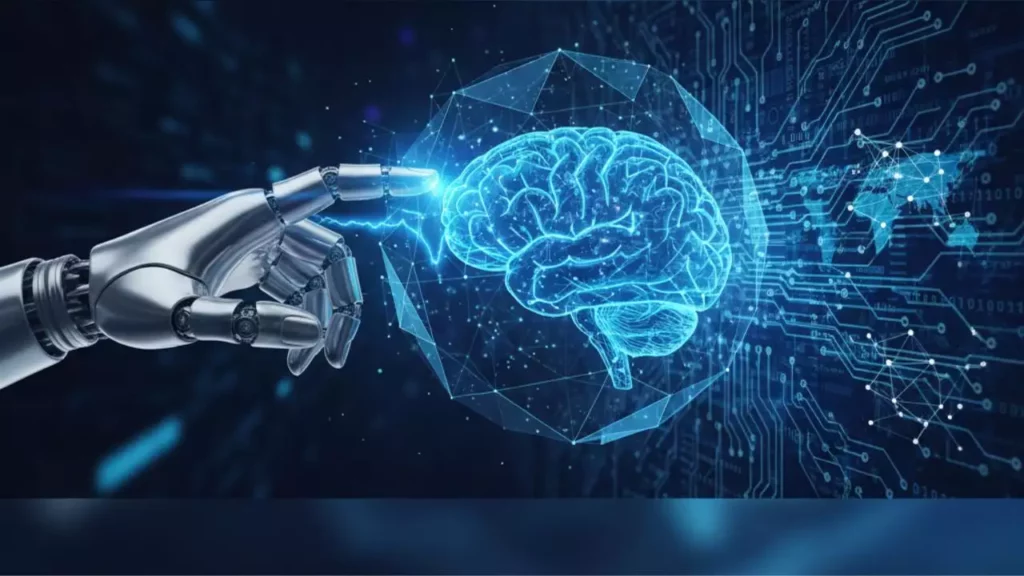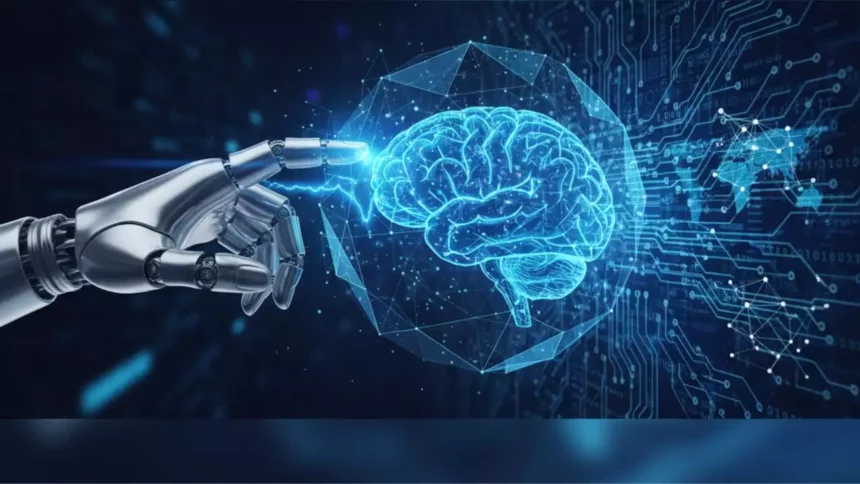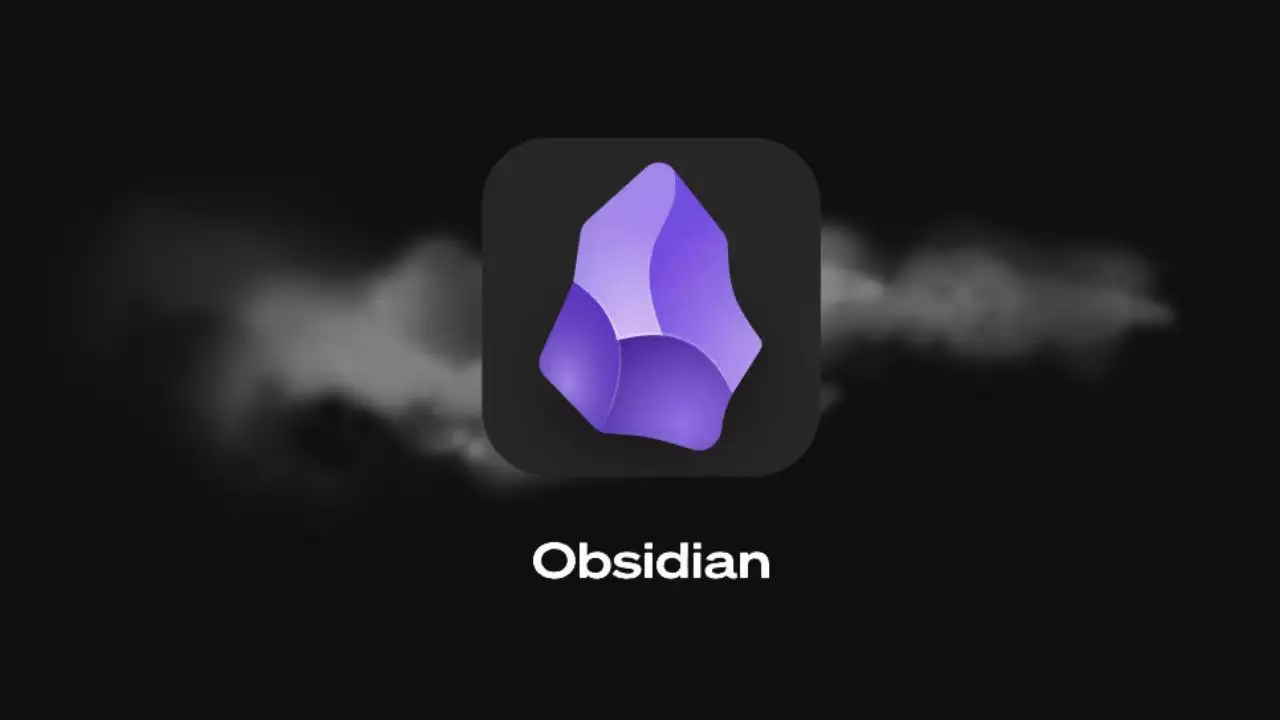Artificial intelligence, or AI, has become one of the most transformative technologies of our time, weaving its way into everyday life from the recommendations on your favorite streaming service to the voice assistants that help with your daily tasks. At its core, AI refers to the simulation of human intelligence in machines that are programmed to think and learn like humans. This means AI systems can perform tasks such as recognizing patterns, making decisions, and even predicting outcomes based on data. While the concept might sound futuristic, it’s rooted in decades of research and development, evolving from simple algorithms to complex systems that power much of the digital world.

To truly grasp what AI is, let’s start with a basic definition. According to general knowledge from sources like the Encyclopedia Britannica, AI is the ability of a computer or a machine-controlled robot to execute tasks that typically require human cognition, such as learning from experience, understanding language, or solving problems. It’s not about creating robots that look like humans, as popularized in films like Steven Spielberg’s A.I. Artificial Intelligence, but rather about building software and hardware that can process information in intelligent ways. For instance, when you use a search engine like Google, it’s often powered by AI algorithms that analyze vast datasets to deliver relevant results almost instantly.
The beauty of AI lies in its versatility. It’s not a single technology but a broad field encompassing various sub-disciplines, including machine learning, where systems improve over time without explicit programming, and natural language processing, which enables machines to understand and respond to human language. Think about how your smartphone’s virtual assistant, like Siri or Google Assistant, can answer questions or set reminders, that’s AI at work, processing voice inputs and generating responses in real time. As we dive deeper, we’ll explore how AI has grown from theoretical concepts to practical applications, driven by the ongoing AI boom that began in the late 2010s and continues to accelerate.
This section alone could fill books, but let’s keep it conversational. Imagine AI as a helpful apprentice that learns from examples rather than rigid instructions. For example, in healthcare, AI tools are being used to analyze medical images for early disease detection, augmenting doctors’ expertise without replacing it. As noted in discussions from sources like Loyola Magazine, AI is best seen as a tool that reveals the “what” behind data patterns, while humans provide the creativity and context. This human-AI partnership is what makes the technology so exciting and, at times, a bit misunderstood. Over the next sections, we’ll break down the layers of AI, from its origins to its future potential, ensuring you walk away with a clear, practical understanding.
- See more: What Is a Bus in Computer Architecture?
The History and Evolution of AI
Tracing the roots of AI takes us back to the mid-20th century, a time when scientists first began pondering whether machines could mimic human thought processes. The term “artificial intelligence” was coined in 1956 during a workshop at Dartmouth College, where researchers like John McCarthy and Alan Turing laid the groundwork for what would become a revolutionary field. This period, often called the AI spring, was marked by optimism, with experts believing that machines could soon achieve human-like intelligence. Early efforts focused on symbolic reasoning, where computers used logical rules to solve problems, such as playing chess or proving mathematical theorems.
Fast forward to the 1960s and 1970s, and we see the rise of expert systems, programs designed to replicate the decision-making abilities of human experts in specific domains, like medical diagnosis. These systems relied on predefined rules and knowledge bases, but they hit limitations when faced with unstructured data or real-world complexities. This led to the first AI winter in the 1970s and 1980s, a period of reduced funding and enthusiasm due to overhyped expectations and computational constraints. However, the advent of more powerful computers and vast datasets in the 1990s revived interest, paving the way for machine learning algorithms that could learn from data rather than just follow instructions.
The real turning point came in the 2010s with the explosion of big data and advancements in neural networks, inspired by the human brain’s structure. Companies like Google and OpenAI began developing deep learning models, which use layers of interconnected nodes to process information. This era, often referred to as the AI boom, has seen remarkable achievements, such as AlphaGo‘s victory over human champions in the ancient game of Go, demonstrating AI‘s ability to master complex strategies. As of 2025, we’re witnessing the integration of generative AI tools, like large language models that can create text, images, and even music, thanks to frameworks like OpenAI’s GPT series.
Throughout this evolution, AI has been shaped by ethical considerations and global collaborations. Organizations like the Association for the Advancement of Artificial Intelligence (AAAI) have played a key role in promoting responsible development, emphasizing the need for transparency and fairness. For instance, early AI research in the 2000s focused on applications in global health, as highlighted by initiatives like the AI for Global Health Research hub, which uses AI to improve epidemic prediction and maternal health outcomes. This historical context shows that AI isn’t just about technology; it’s about how humans have continually adapted it to solve pressing problems.
Today, the field is more interdisciplinary than ever, drawing from computer science, neuroscience, and even philosophy. If you’re new to this, think of AI‘s history as a series of waves: from theoretical foundations to practical implementations, each building on the last. We’re now in an era where AI is ubiquitous, from autonomous vehicles navigating city streets to recommendation systems on social media. As we look ahead, understanding this evolution helps us appreciate how far we’ve come and where we’re headed, making AI not just a tool, but a mirror of human ingenuity.
Types and Subfields of AI
When people talk about AI, they often lump it all into one category, but the reality is far more nuanced. AI can be broadly classified into several types based on its capabilities and how it operates. At the most basic level, we have narrow AI, which is designed for specific tasks and doesn’t possess general intelligence. This is the kind you’re most likely to encounter daily, like a chatbot that answers customer queries or a facial recognition system used in security. Narrow AI excels at its designated function but can’t transfer that knowledge to other areas, making it highly efficient for targeted applications.
On the other end of the spectrum is general AI, a hypothetical form that could perform any intellectual task that a human being can. While we’re not there yet, research in this area is accelerating, with advancements in machine learning bringing us closer. Then there’s super AI, which surpasses human intelligence across all domains, a concept that’s both exciting and a bit daunting. Within these categories, subfields like machine learning and natural language processing play crucial roles. Machine learning, for example, involves algorithms that learn from data patterns, such as predicting stock market trends or personalizing online shopping experiences through recommendation engines.
Another key subfield is computer vision, which enables machines to interpret visual information from the world, much like human eyesight. This is evident in applications like self-driving cars, where AI processes camera feeds to detect obstacles and make real-time decisions. Similarly, robotics integrates AI with physical machines, allowing for automated assembly lines or even surgical robots that assist doctors with precision. Emerging areas like organoid intelligence, which explores using lab-grown brain cells for computing, represent the cutting edge, blending biology with AI to potentially create more efficient processing systems.
To make this more tangible, let’s consider a comparison table that highlights the differences between AI types:
| Type of AI | Key Characteristics | Examples |
|---|---|---|
| Narrow AI | Specialized for one task; learns from data but lacks broader understanding | Virtual assistants like Siri; email spam filters |
| General AI | Can handle multiple tasks like a human; adaptable and versatile | Advanced research prototypes; future AI assistants |
| Super AI | Exceeds human intelligence; capable of self-improvement | Theoretical applications in scientific discovery |
This diversity in AI subfields allows for innovation across industries. For instance, in global health research, AI is being applied to analyze data from epidemics, as seen in hubs focused on sexual and reproductive health. These efforts use machine learning to predict outbreaks, demonstrating how AI‘s various forms can address real-world challenges. As an expert in this field, I find it fascinating how these subfields intersect, creating opportunities for growth while raising questions about implementation.
Ultimately, understanding the types of AI helps demystify the technology. It’s not about replacing humans, as some might fear, but enhancing our capabilities. Whether it’s through deep learning models that generate art or reinforcement learning that optimizes energy consumption, these subfields are shaping a future where AI is an integral part of society.
How AI Works: The Technical Foundations
Diving into the mechanics of AI might seem intimidating, but it’s really about breaking down complex processes into understandable steps. At its heart, AI relies on algorithms and data to simulate intelligent behavior. One of the primary building blocks is machine learning, where systems are trained on large datasets to recognize patterns and make predictions. For example, a neural network, a series of interconnected nodes modeled after the human brain, processes input data through layers, adjusting weights and biases to improve accuracy over time.
Let’s unpack this further. In supervised learning, a common AI technique, the system is fed labeled data, such as images tagged with “cat” or “dog,” to learn associations. Once trained, it can classify new images with high precision. Unsupervised learning, on the other hand, deals with unlabeled data, identifying hidden structures like customer segments in marketing data. Then there’s reinforcement learning, where an AI agent learns by interacting with an environment, receiving rewards or penalties for actions, think of it as teaching a robot to navigate a maze through trial and error.
Key Components and Algorithms
Underpinning these methods are essential components like data processing and computational power. AI systems often use GPUs (Graphics Processing Units) for faster calculations, especially in deep learning tasks. Algorithms such as backpropagation help fine-tune neural networks by minimizing errors, while APIs like those from TensorFlow or PyTorch allow developers to build and deploy models easily. For instance, when you use a cloud computing service to train an AI model, you’re leveraging distributed processing to handle massive datasets.
Challenges in AI Development
Despite these advancements, challenges persist. Data quality is a major hurdle; AI models are only as good as the data they’re trained on, and biases in datasets can lead to flawed outcomes. Additionally, computational demands mean that not everyone has access to the necessary hardware, though edge computing is helping bring AI to devices like smartphones.
In summary, AI‘s inner workings are a blend of math, code, and creativity, making it a field that’s constantly evolving.
Real-World Applications of AI
From healthcare to entertainment, AI is transforming industries in ways we couldn’t have imagined a decade ago. In medicine, AI-powered tools analyze X-rays and MRI scans to detect diseases like cancer earlier than traditional methods, potentially saving lives. This application draws from research in global health, where AI is used for epidemic prediction, helping organizations respond to outbreaks with data-driven strategies.
In the business world, AI-driven analytics provide insights into consumer behavior, enabling companies to personalize marketing campaigns. E-commerce platforms use recommendation systems to suggest products, boosting sales by analyzing past purchases and browsing history.
AI in Everyday Life
On a personal level, AI enhances convenience through virtual assistants and smart home devices.
Emerging Applications
Innovations like generative AI are creating new content, from writing articles to designing graphics.
Overall, these applications highlight AI‘s potential to drive progress.
Challenges, Ethics, and the Future of AI
As AI advances, so do concerns about privacy, bias, and job displacement. Ethical guidelines are crucial to ensure fair use.
Ethical Considerations
Issues like algorithmic bias can perpetuate inequalities, requiring diverse datasets.
The Road Ahead
Looking to 2025 and beyond, AI will likely integrate with emerging tech, offering exciting possibilities.
In conclusion, while challenges exist, the future of AI is bright with responsible development.
Frequently Asked Questions
What is the difference between AI and machine learning?
AI is the broader concept of machines performing intelligent tasks, while machine learning is a subset that enables systems to learn from data without explicit programming.
How does AI impact jobs?
AI automates routine tasks, potentially reducing some jobs but creating new ones in tech fields; it’s more about augmentation than replacement in most cases.
Is AI safe for everyday use?
Yes, with proper regulations, AI is generally safe, but users should be aware of data privacy risks and rely on trusted sources.
What are the limitations of AI today?
AI struggles with common sense reasoning and ethical decision-making, often requiring human oversight for complex scenarios.
How can I get started with AI?
Begin with online courses on platforms like Coursera, focusing on basics of machine learning and Python programming.
Will AI ever surpass human intelligence?
It’s possible in specific areas, but achieving general superintelligence remains a distant, theoretical goal as of 2025.

Hi, I’m Nghia Vo: a computer hardware graduate, passionate PC hardware blogger, and entrepreneur with extensive hands-on experience building and upgrading computers for gaming, productivity, and business operations.
As the founder of Vonebuy.com, a verified ecommerce store under Vietnam’s Ministry of Industry and Trade, I combine my technical knowledge with real-world business applications to help users make confident decisions.
I specialize in no-nonsense guides on RAM overclocking, motherboard compatibility, SSD upgrades, and honest product reviews sharing everything I’ve tested and implemented for my customers and readers.







